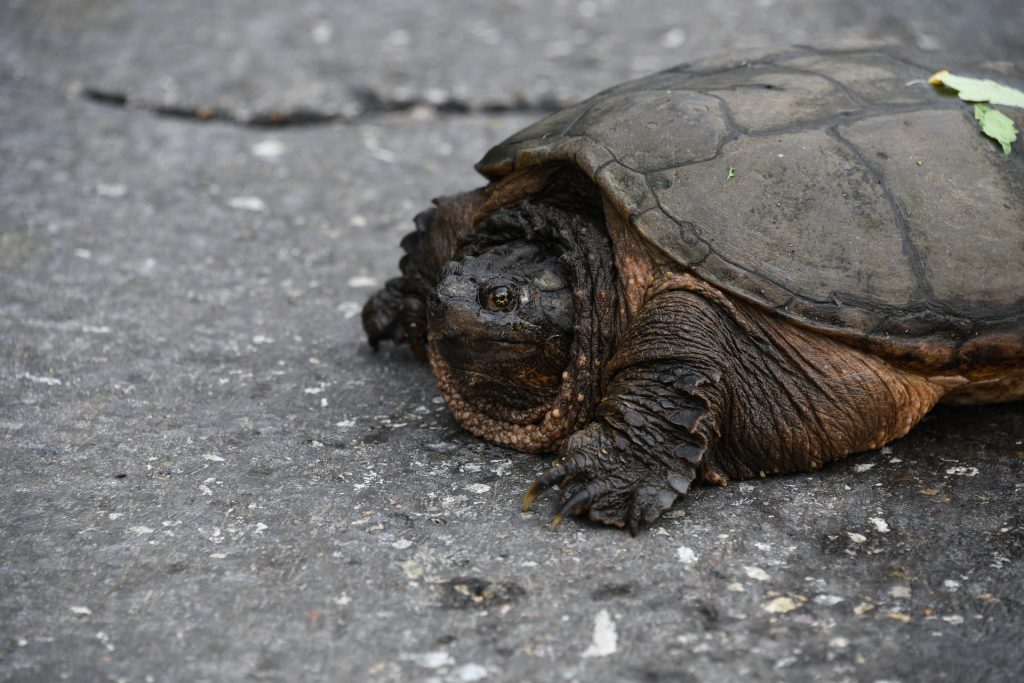Conservation groups in Ontario are asking drivers to be careful on the roads as temperatures rise and turtles start to migrate to summer feeding and nesting areas.
Organizations like the Ontario Turtle Conservation Centre (OTCC), Turtle Guardians and the Think Turtle Conservation Initiative are reminding Ontario drivers to be on the lookout for turtles on the roads. Warmer weather means turtles are expected to be out in large numbers and concern for them is high with the potential for increased traffic over the long weekend. Conservation groups are asking drivers to look far ahead on the roads and scan shoulders for wildlife, including turtles that often look like moving rocks.
“Did you know in southern Ontario you can’t go more than 2km without reaching a road?” wrote the OTCC in an online post. “Most of our species are only found in the more southern parts of the province too. Give these guys a ‘brake’ and help them across in the direction they were headed. But remember – your safety is always what is most important!”
The OTCC recommends gently moving turtles in the direction they’re headed, handling them as little as possible. Most turtles can be picked up carefully with two hands, but snapping turtles will snap at you if they feel threatened, so it’s important to keep a safe distance from their head.
An uninjured snapper can be coaxed across the road using a shovel or a board, according to the OTCC, but if you need to pick up a snapping turtle by hand, go behind the animal and slide your dominant hand under the tail, as if you were picking up a tray of drinks.
Stabilize the tail with your non-dominant hand, ensuring you never hold them by the tail as it could damage their spine, and keep the turtle away from your body. A snapping turtle can reach its midpoint, warns the OTCC, so make sure not to pick it up near its middle. If you don’t use gloves to move the turtle, be sure to wash your hands after handling it.
“Turtles have a good relationship with bacteria that we do not!” says the OTCC on their website. “While they may not be sick, they can still pass on bacteria to us that can cause illness in humans.”
The Think Turtle Conservation Initiative and Turtle Guardians also recommend safety measures like using hazard lights, always stopping on a shoulder and using a safety vest, but once your own safety is guaranteed, it’s important to send turtles in the same direction they were already headed. Changing the direction of the turtle will cause them to retrace their path, putting them in harm’s way a second time.
“It takes more than 30 years for one turtle to replace itself in the environment,” wrote Turtle Guardians on Facebook. “Turtles are essential to keep fish and water life thriving. These are precious couriers of biodiversity.”
For more information on helping turtles on the road, visit the OTCC website or download the Turtle Handling 101 guide from the OTCC. If you find an injured turtle, call the OTCC hotline at 705-741-5000 and staff will walk you through getting the turtle proper care while adhering to COVID-19 measures to help keep humans safe as well.
